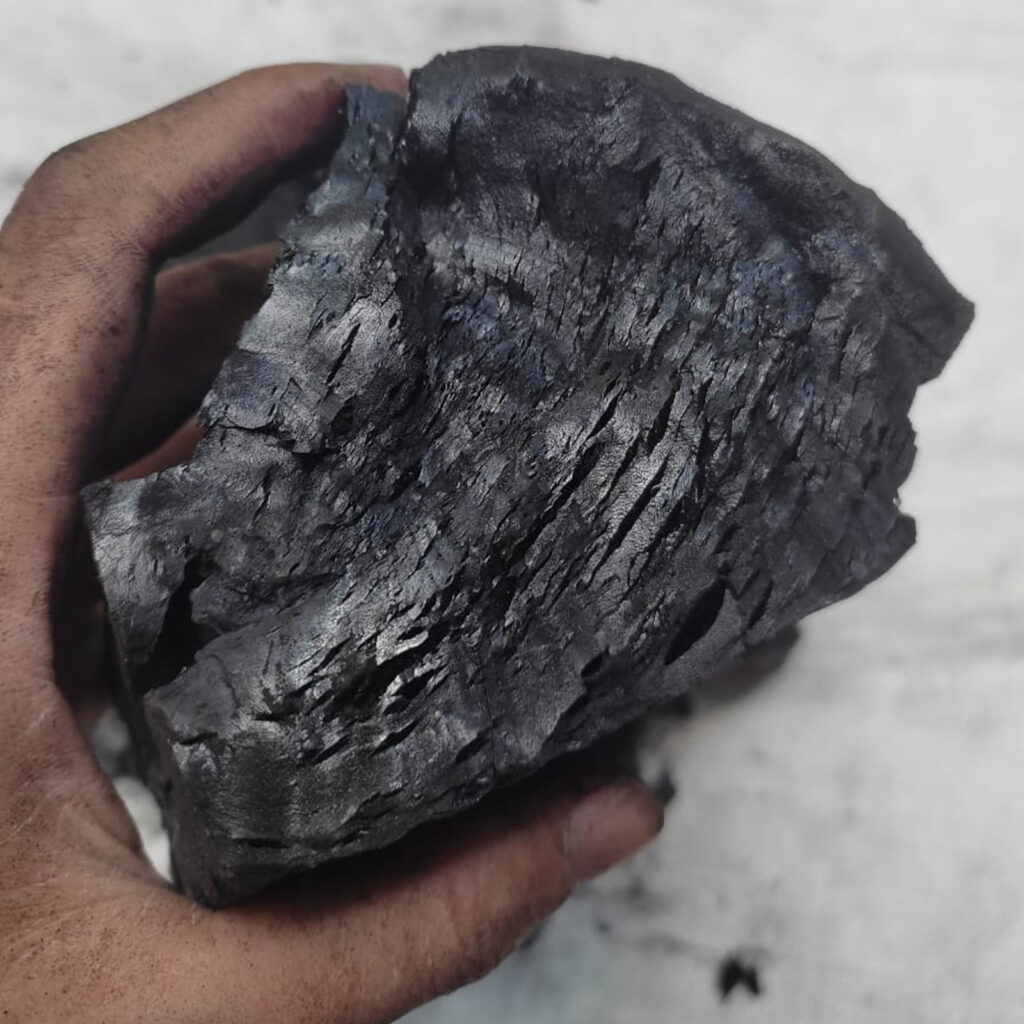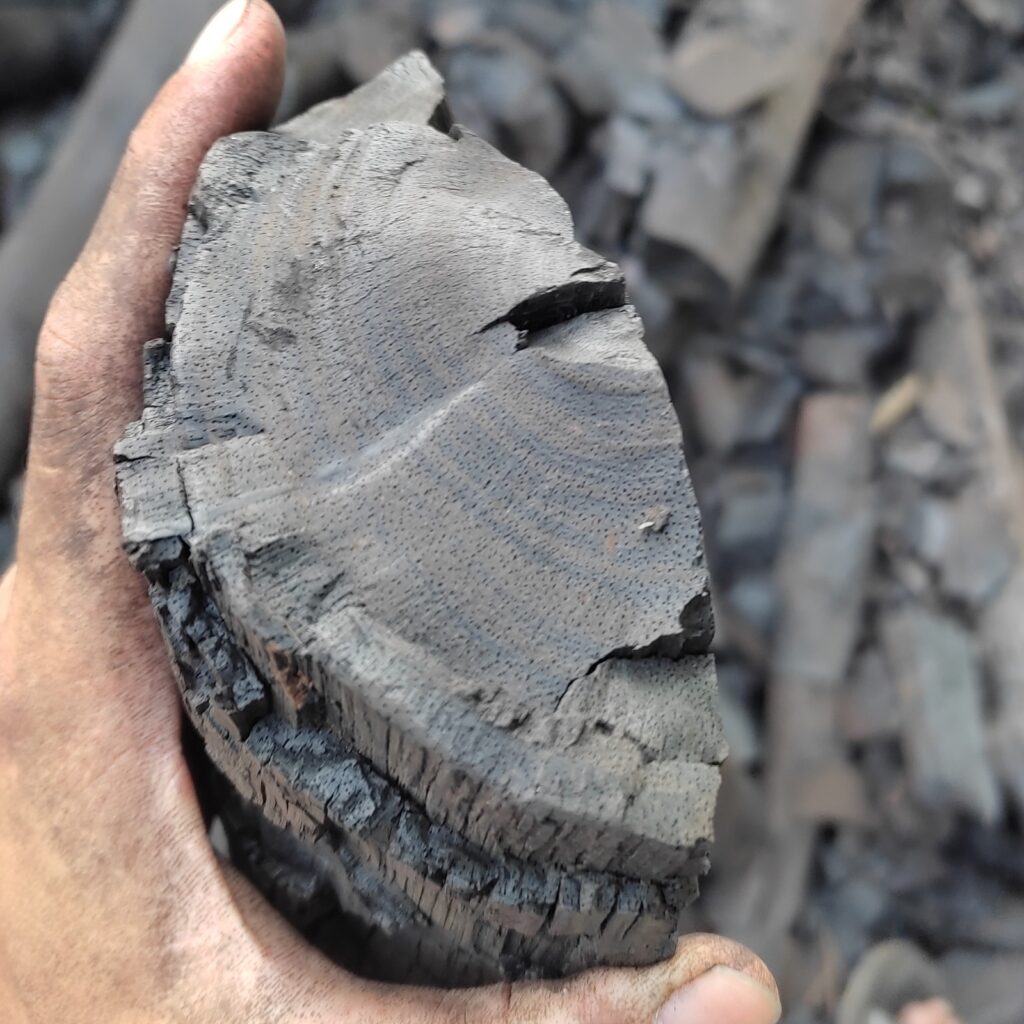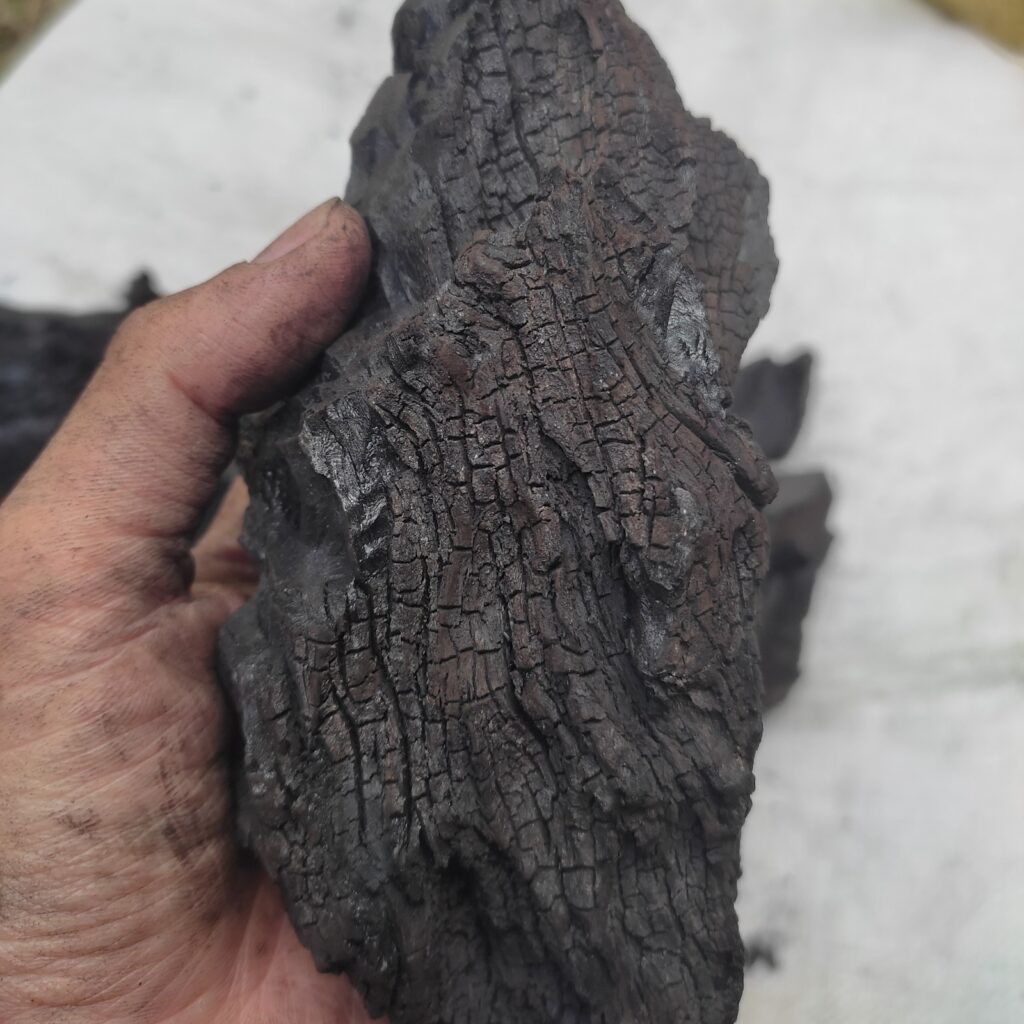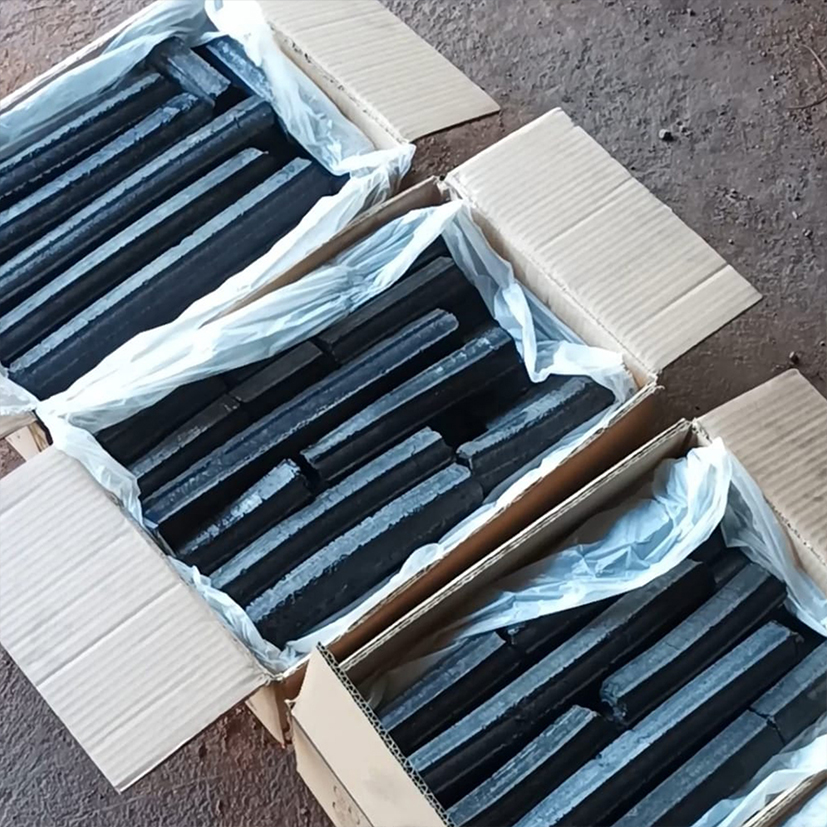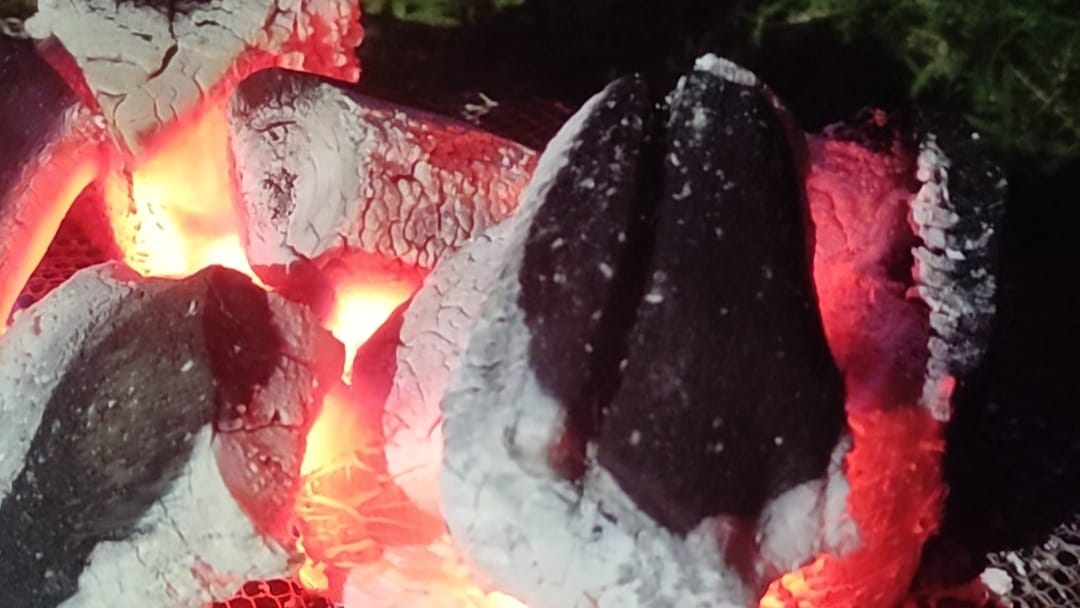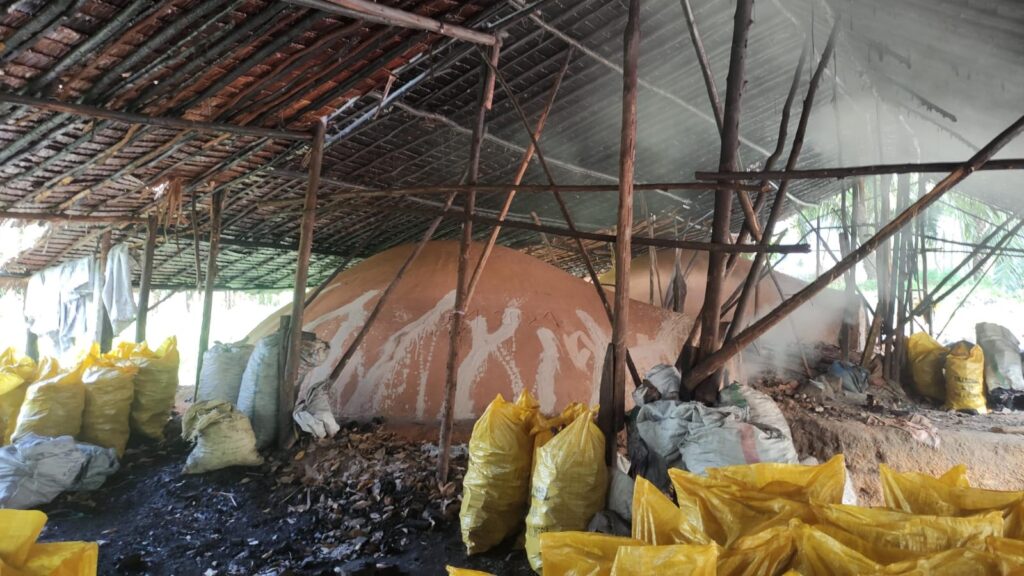
The production of Halaban charcoal is an essential process that results in high-quality charcoal exported to various parts of the world. The main raw material is wood from the Halaban tree, which grows abundantly in Kalimantan and is renowned for its durability and quality. As demand in the international market increases, it’s important to understand each stage of this production process. Learn more about the Halaban tree here.
Preparing Halaban Wood
The initial stage in the production of Halaban charcoal begins with preparing the wood harvested from mature Halaban trees. These trees are cut down, and the wood is chopped into appropriate sizes for placement in the kiln. The size of the wood cuts greatly affects the final quality of the charcoal, as the right size ensures better results. Find more information on charcoal exports here.
Kiln Burning Process
Once the wood is cut, it is placed in a kiln for the burning process. This stage can last between 15 and 25 days, depending on the condition of the wood and the techniques used. Strict temperature control is essential during this process to ensure the wood burns completely, producing high-quality charcoal with a high carbon content.
Vacuum Technique (Mati Hampa) in Charcoal Production
At the end of the burning process, a vacuum technique known as mati hampa is used. This method stops the burning process without using water, ensuring the charcoal remains solid and does not crack. Additionally, the technique gives the charcoal a glossy appearance and prevents it from crumbling, making it ready for export as a premium-quality product.
Sorting and Packaging
After the burning process is complete, the charcoal is sorted according to size and quality. Only the best-quality charcoal is selected for packaging. This process is carefully done to prevent damage during transportation. Once ready, the charcoal is packed to meet international demand, particularly from countries in the Middle East and Asia.
Global Demand for Halaban Charcoal
Over time, the demand for Halaban charcoal has steadily increased, especially due to its growing reputation as a high-quality product. It is used not only for household needs such as cooking but also for various industrial applications. The superior durability and efficiency of Halaban charcoal make it a preferred choice in Indonesia’s export market.
The entire Halaban charcoal production process involves a structured series of steps, from preparing the wood to packaging the final product. By using advanced techniques like mati hampa, the resulting product is of premium quality, capable of competing in international markets.


